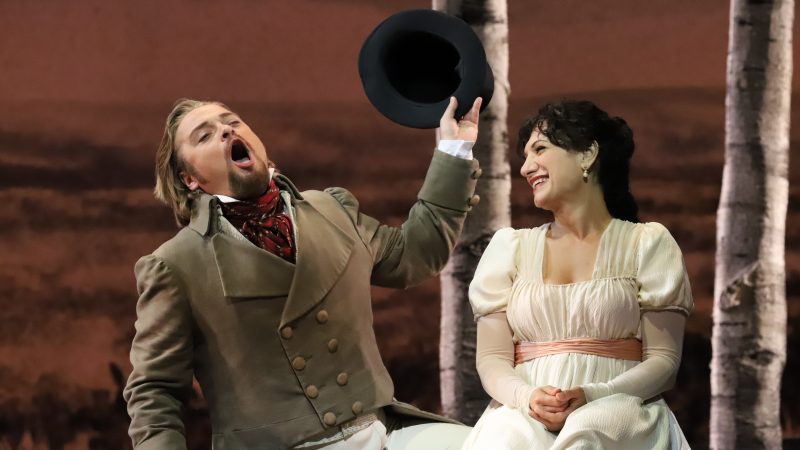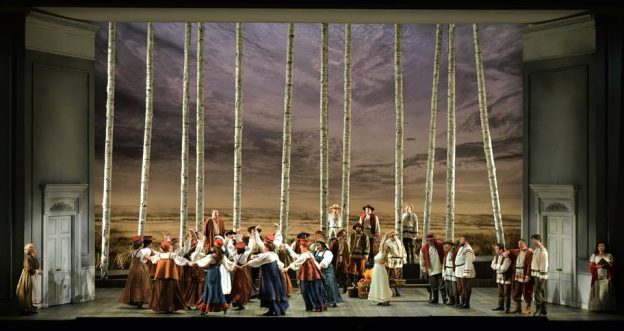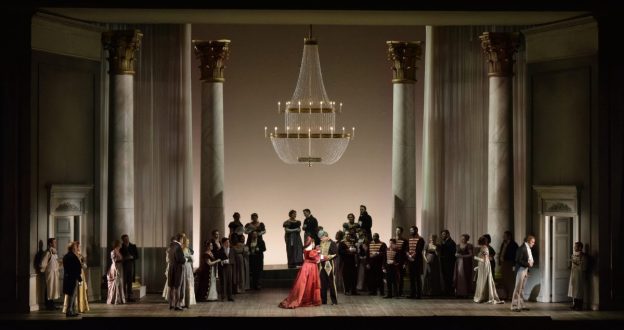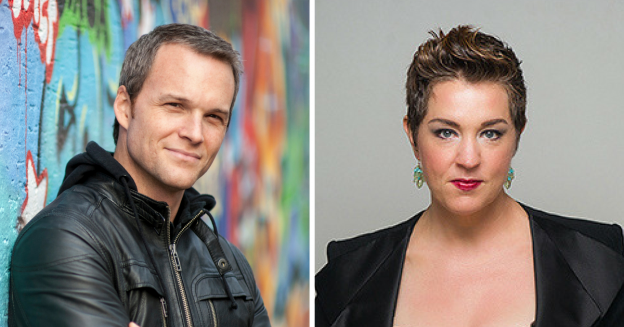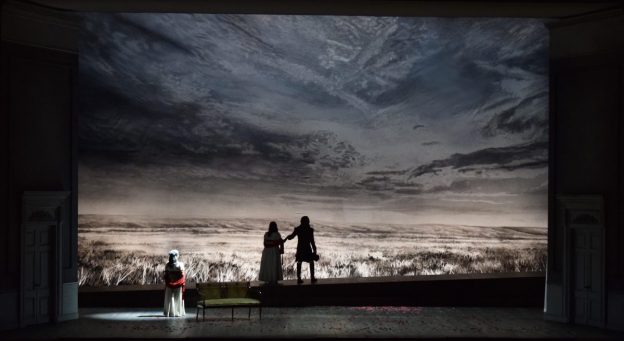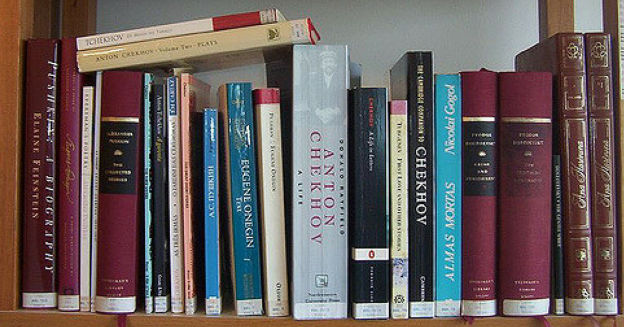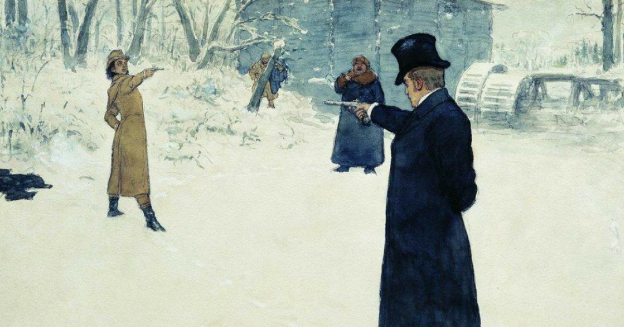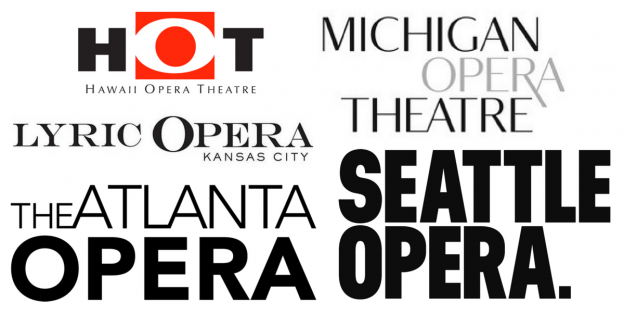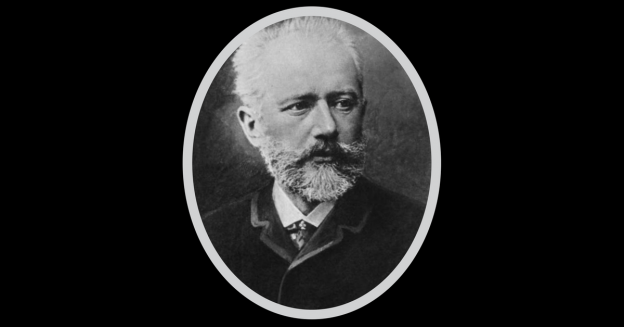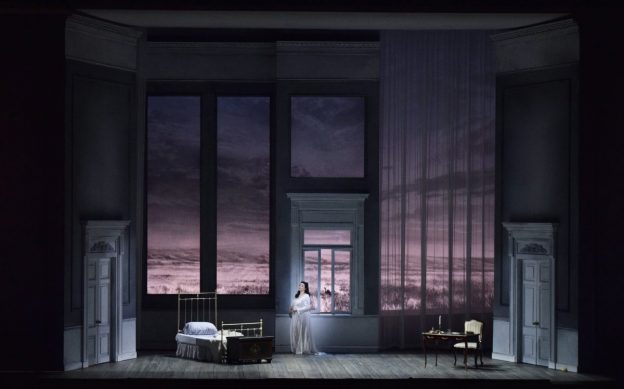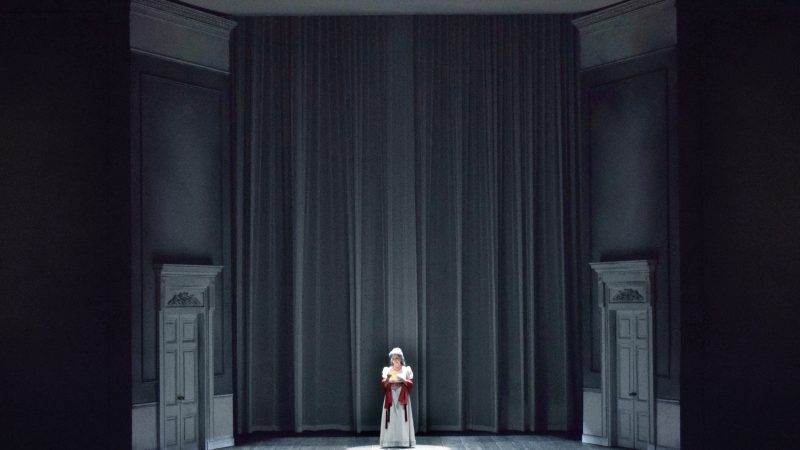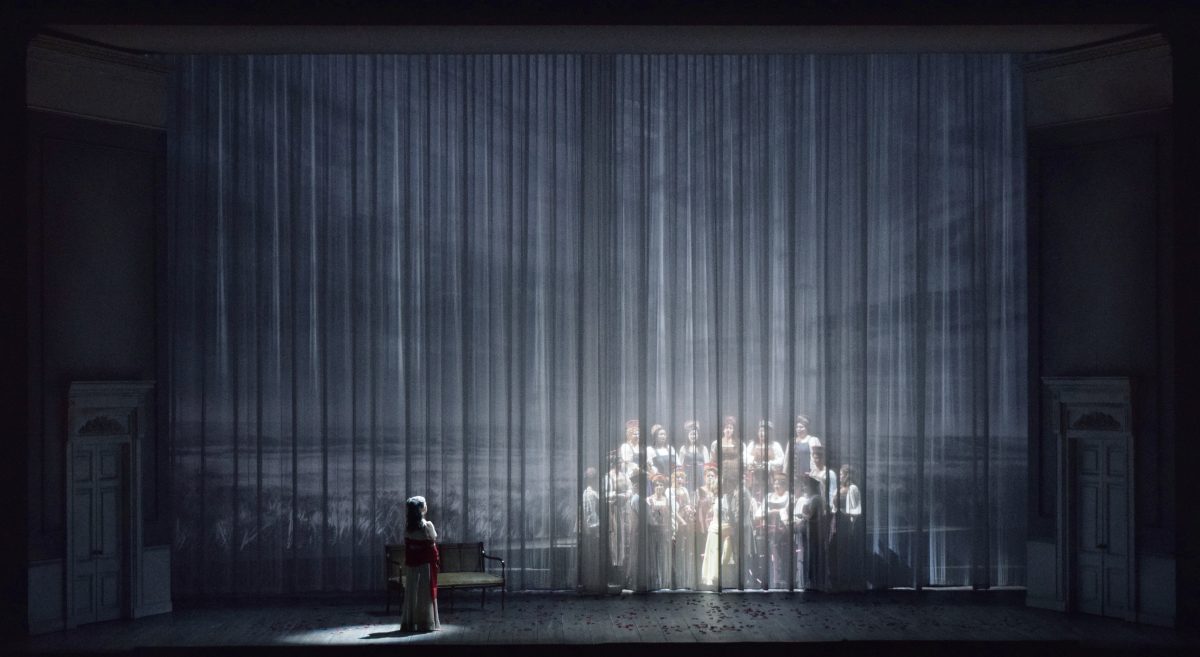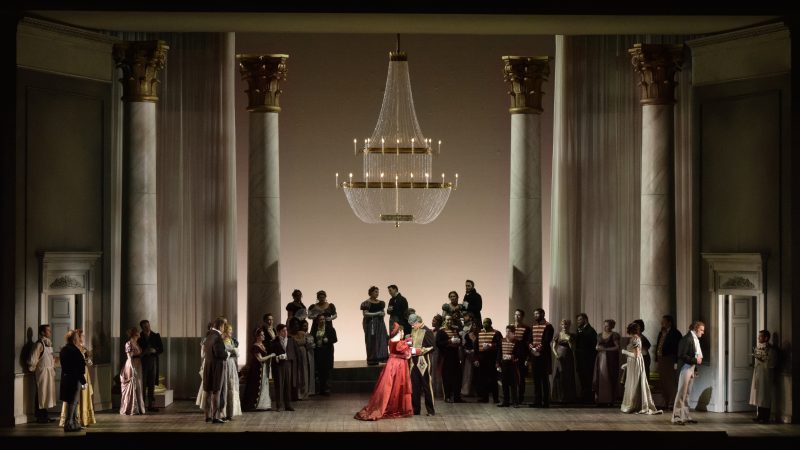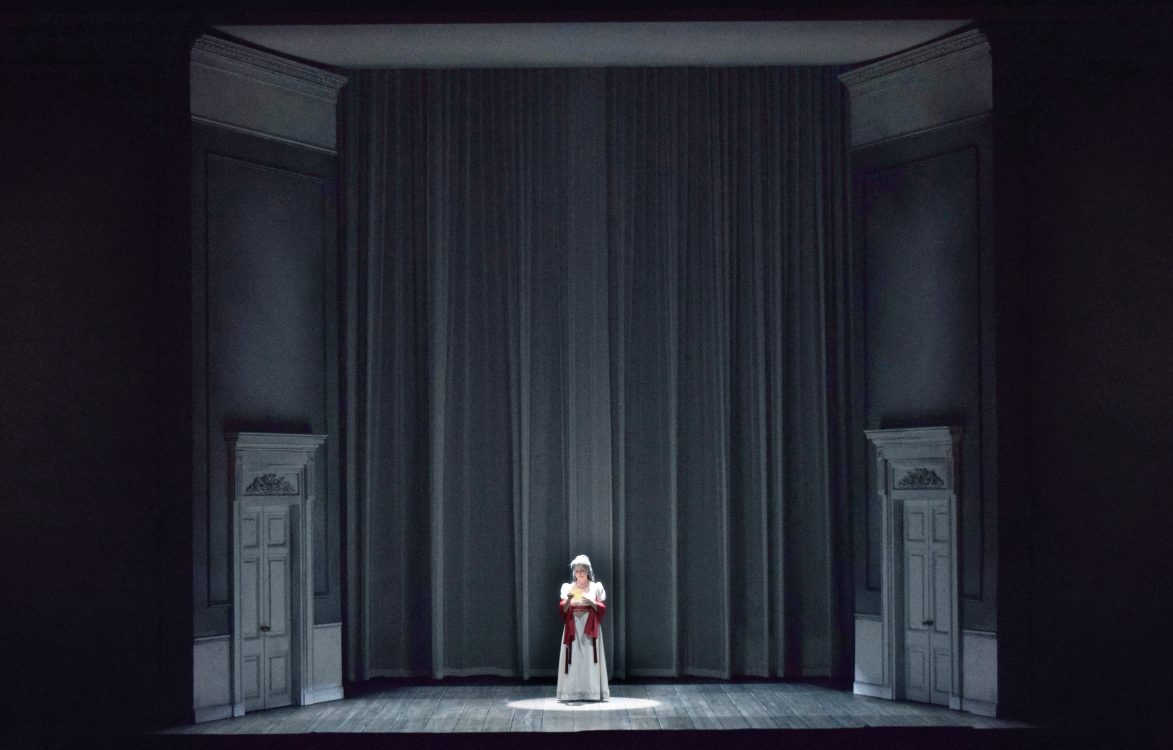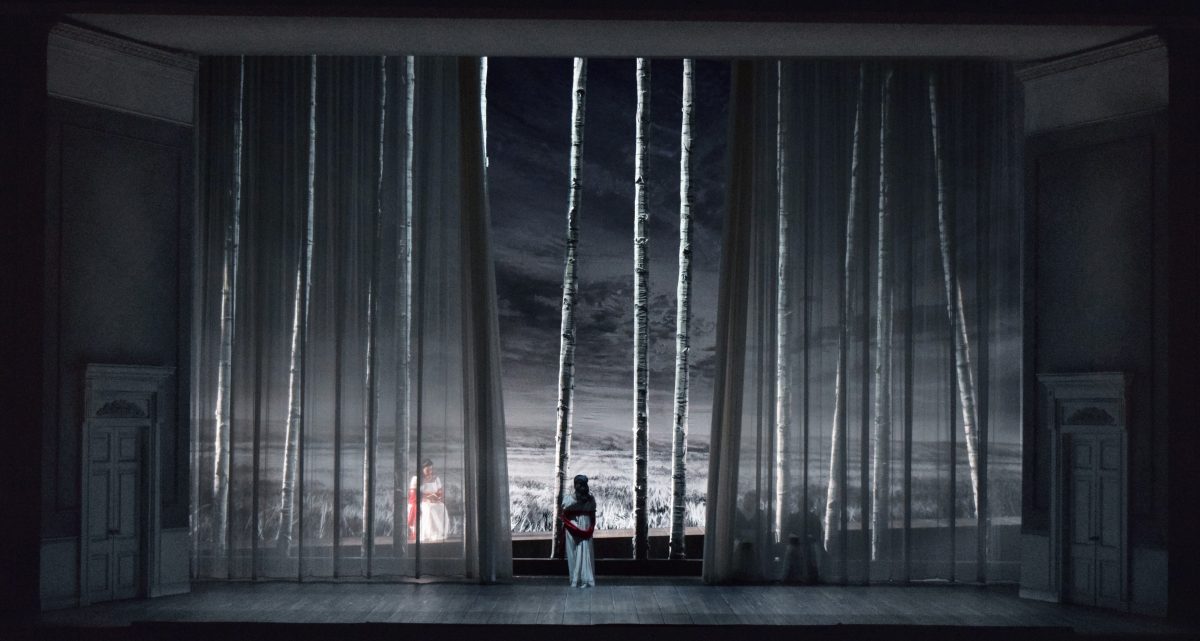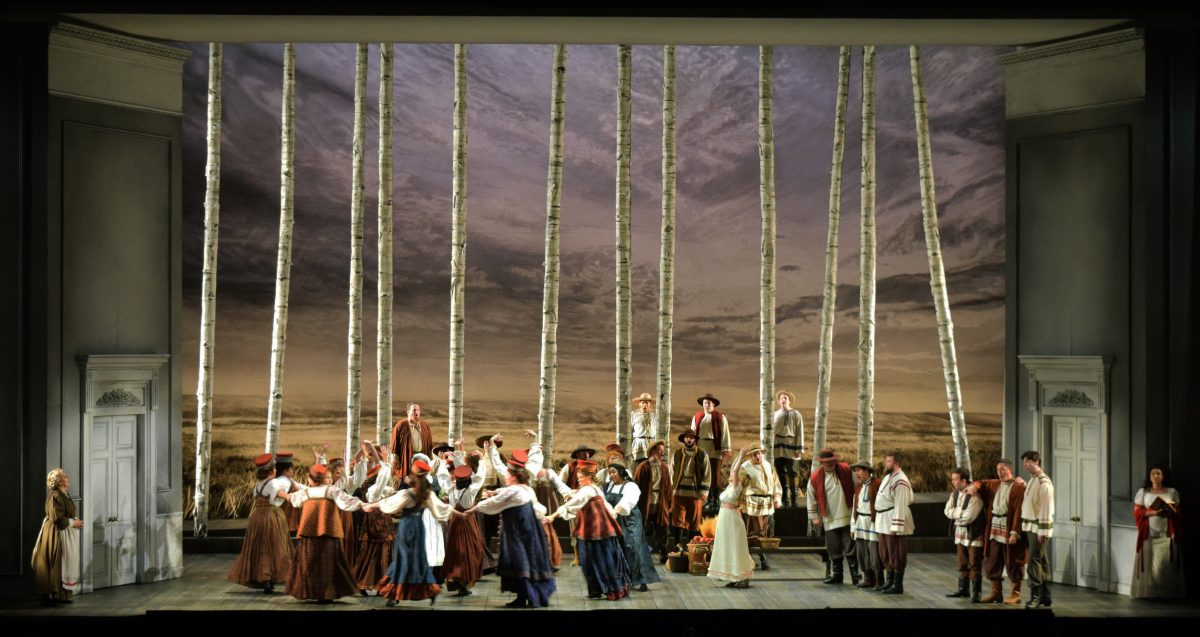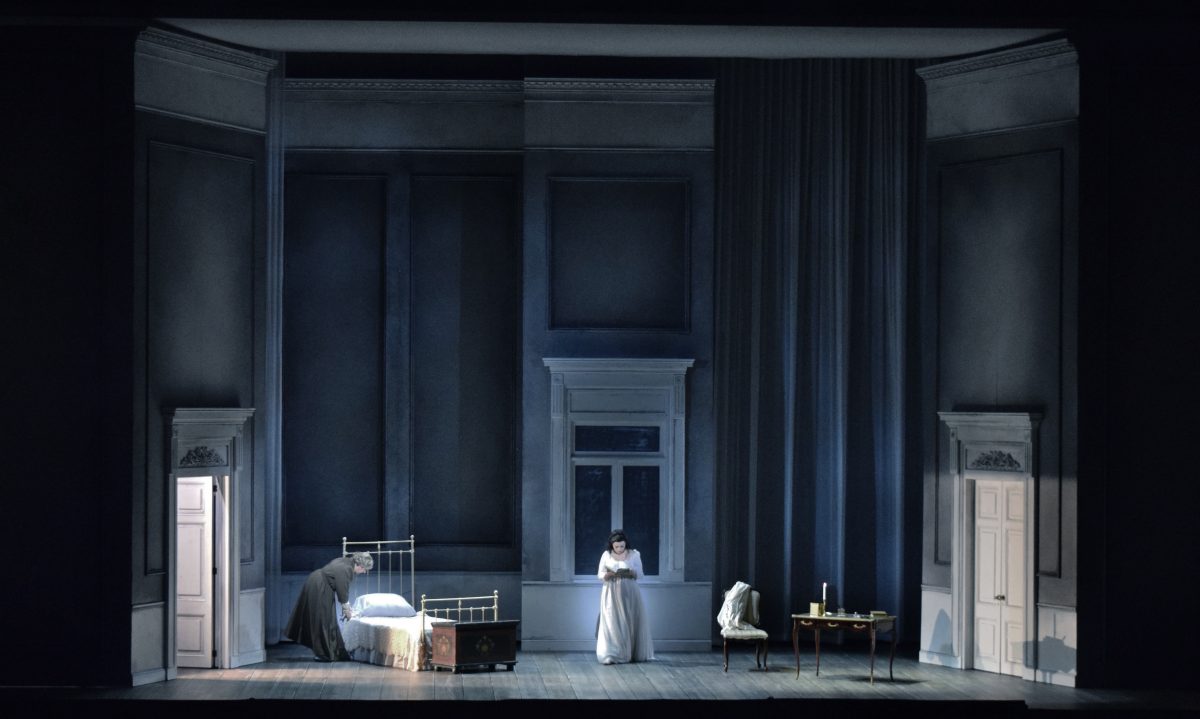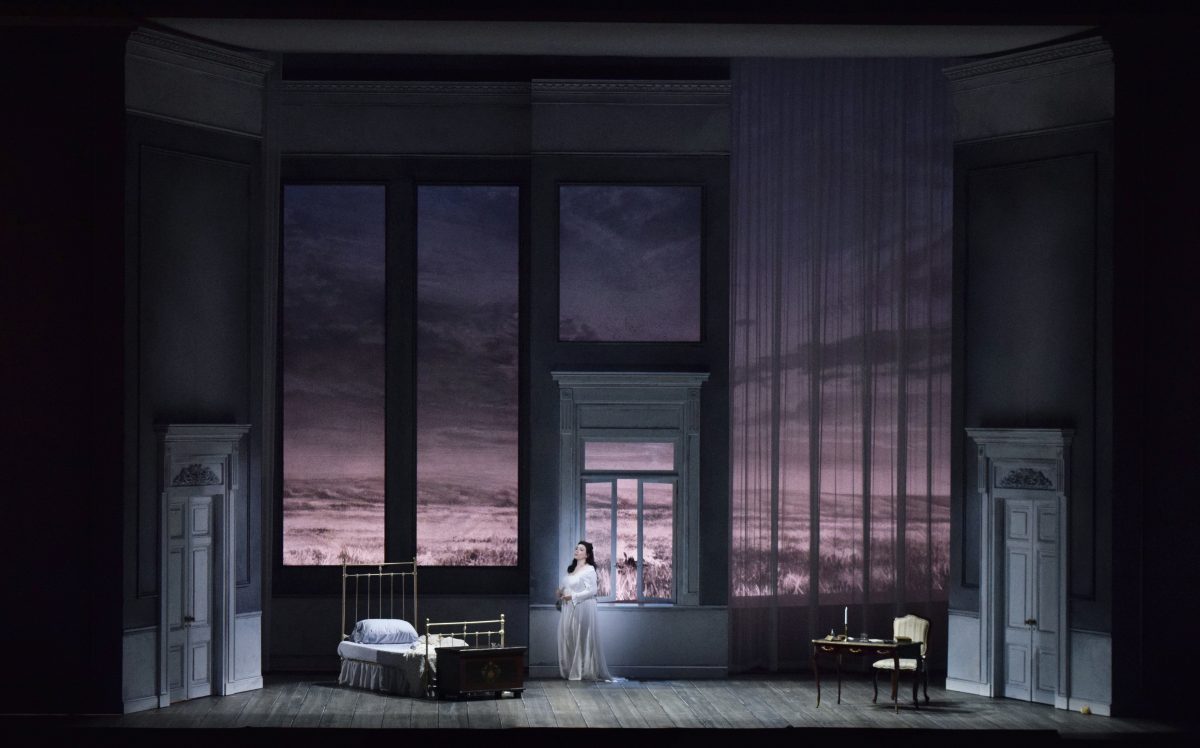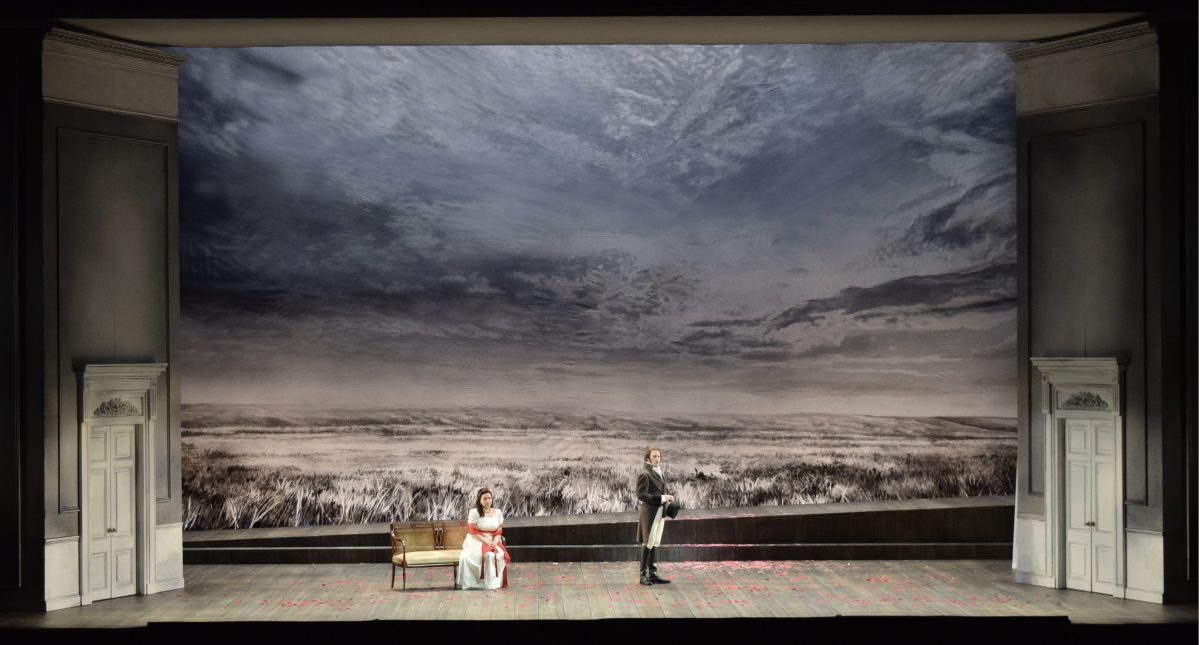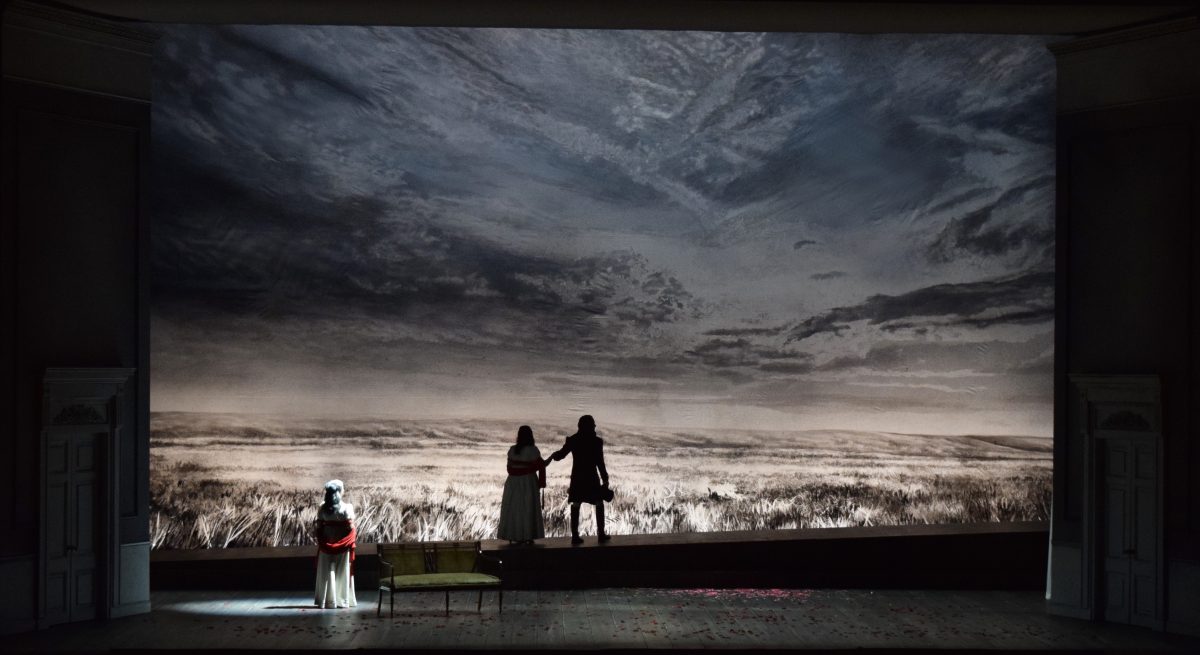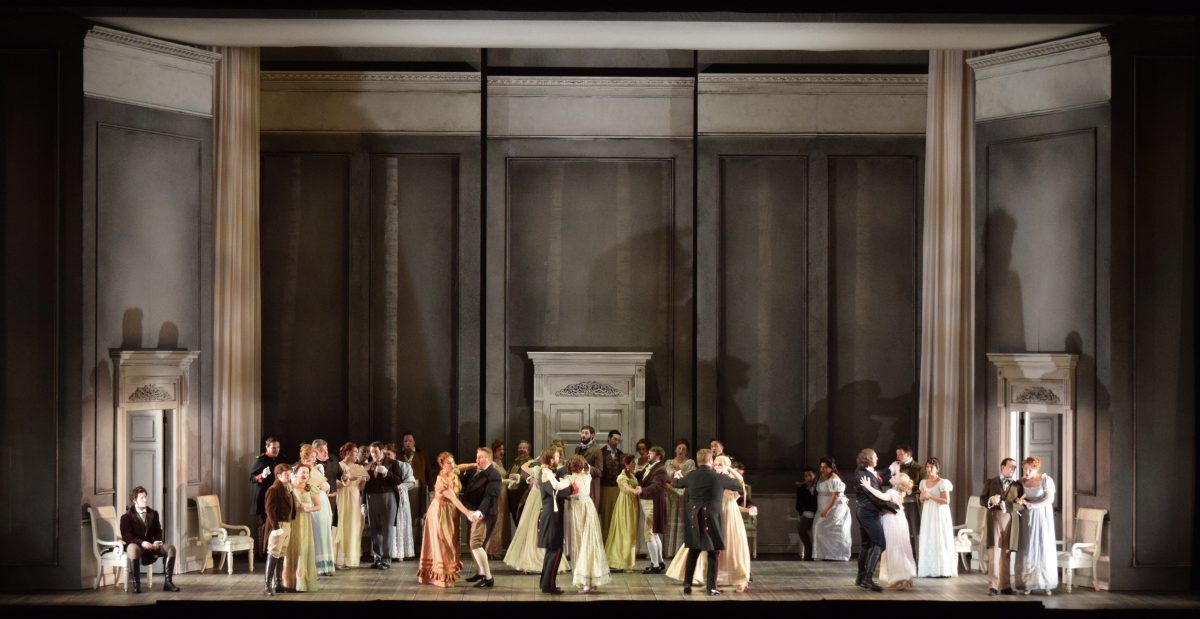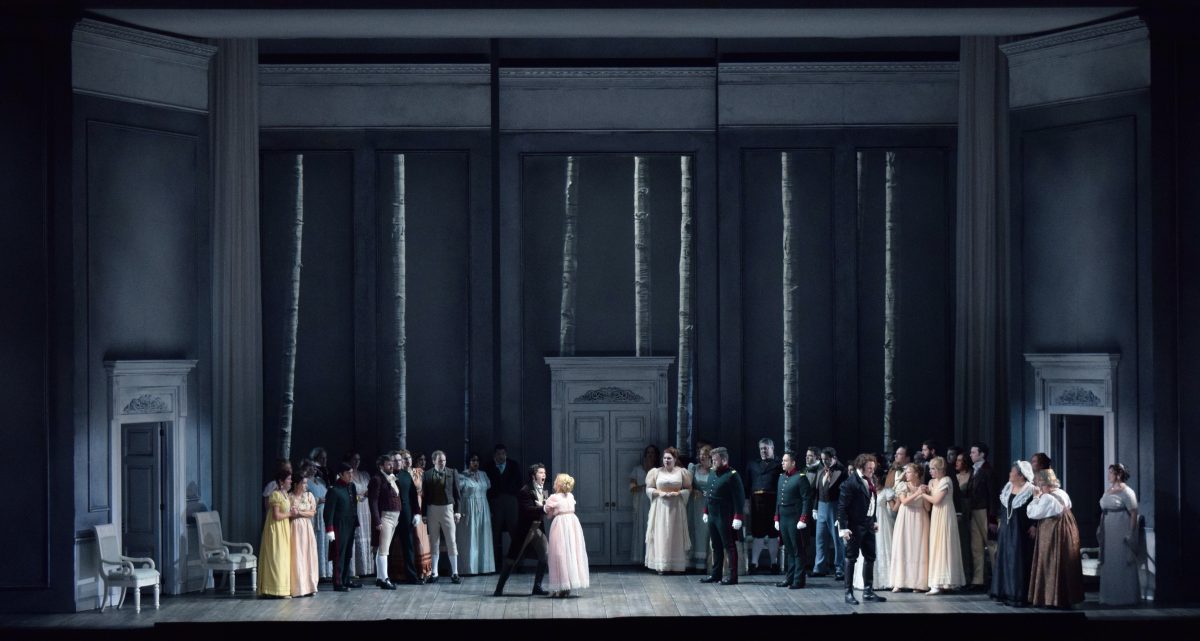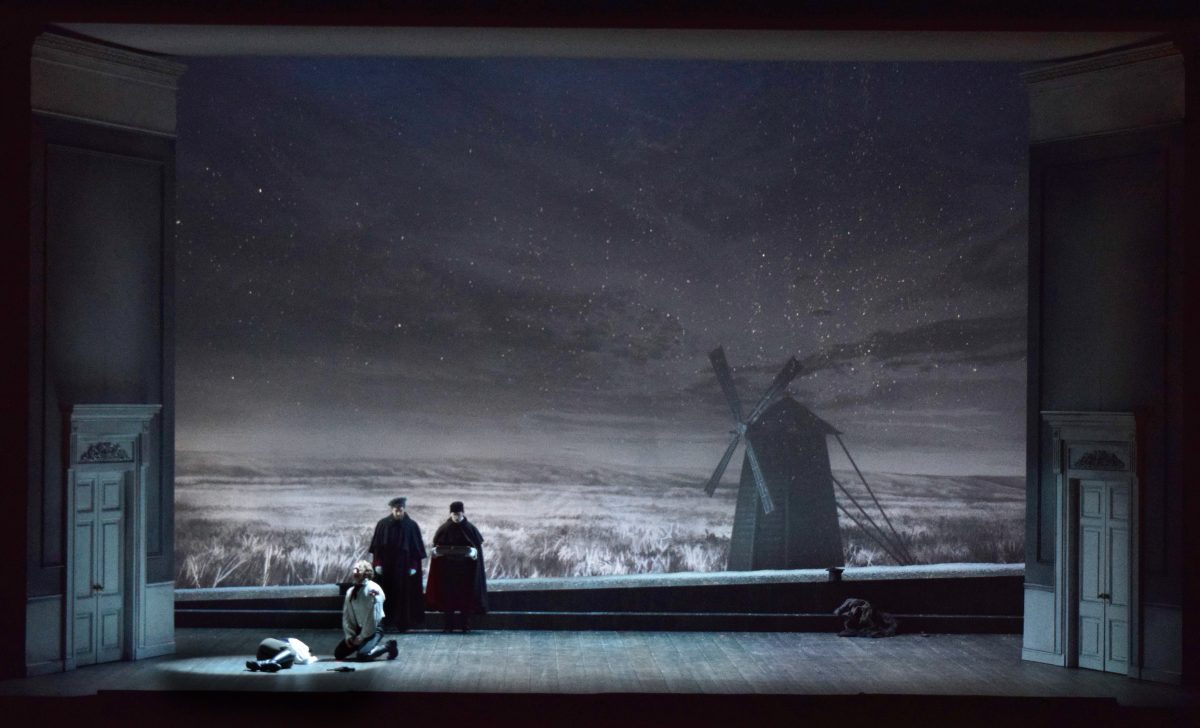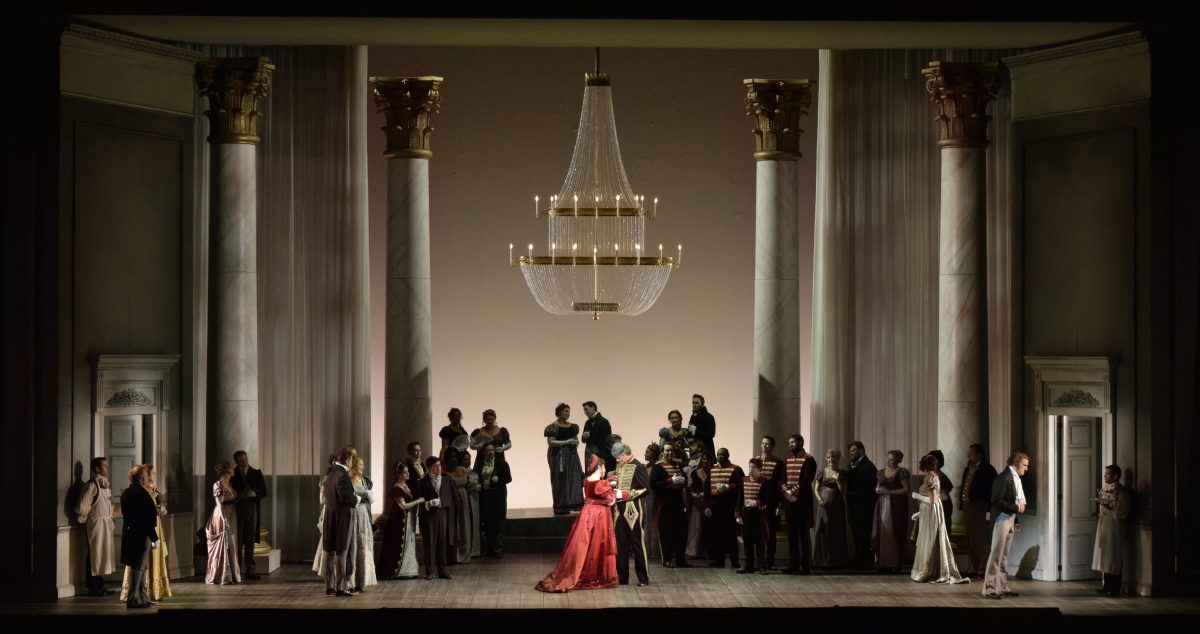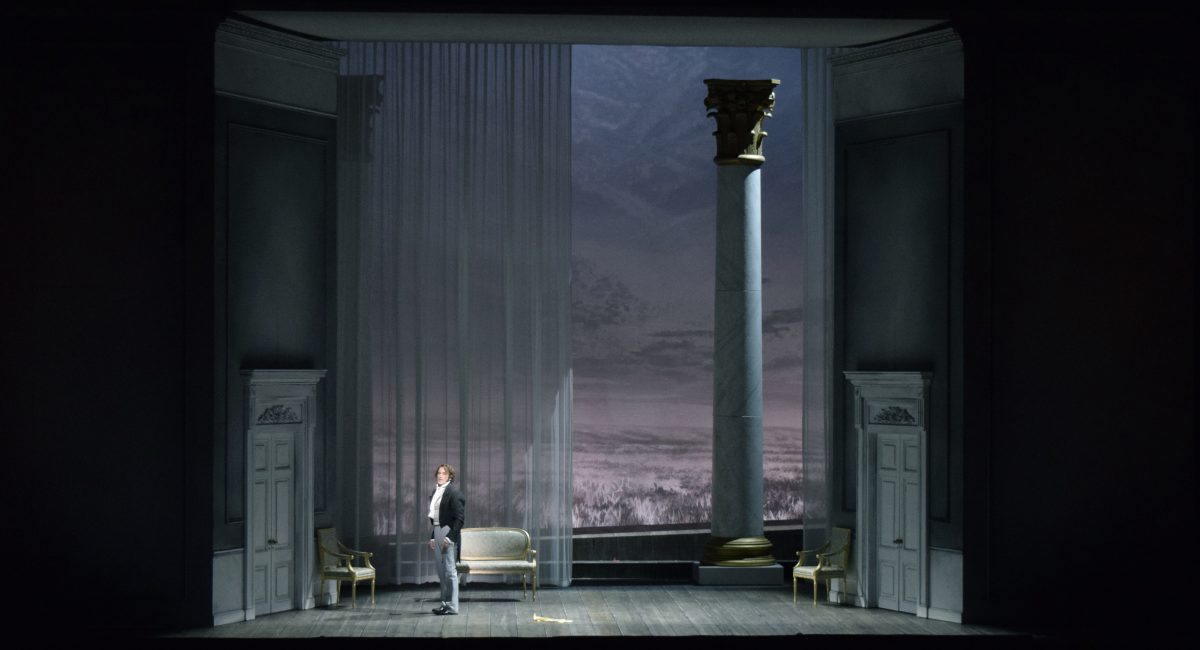It takes a bunch of talented, skilled people that you never see or hear to pull these things off. There’s a lot going on that the audience doesn’t see. That’s what we are. We’re the people you don’t see. And we don’t want to be seen. We want to have these transitions happen and appear like magic, to some extent. Being the support role is what we do.” – HOT Director of Production Rob Reynolds
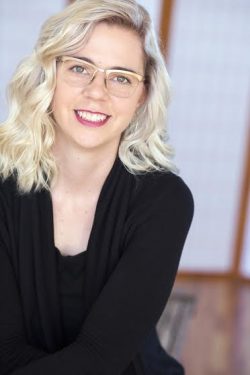 BECAUSE PRODUCING AN OPERA TRULY TAKES A VILLAGE, #HOTVILLAGE GIVES YOU AN INTIMATE LOOK AT ONE PIECE OF PRODUCTION FOR EACH HOT OPERA. IN THIS Q&A PIECE, HOT’S WIG & MAKE-UP DESIGNER ORA JEWELL-BUSCHE TOOK US BEHIND THE SCENES TO ANSWER OUR QUESTIONS ABOUT HOW SHE AND HER TEAM TRANSFORM THE SINGERS INTO THE CHARACTERS YOU SEE ON STAGE IN TCHAIKOVSKY’S EUGENE ONEGIN.
BECAUSE PRODUCING AN OPERA TRULY TAKES A VILLAGE, #HOTVILLAGE GIVES YOU AN INTIMATE LOOK AT ONE PIECE OF PRODUCTION FOR EACH HOT OPERA. IN THIS Q&A PIECE, HOT’S WIG & MAKE-UP DESIGNER ORA JEWELL-BUSCHE TOOK US BEHIND THE SCENES TO ANSWER OUR QUESTIONS ABOUT HOW SHE AND HER TEAM TRANSFORM THE SINGERS INTO THE CHARACTERS YOU SEE ON STAGE IN TCHAIKOVSKY’S EUGENE ONEGIN.
Creating Character in a Person
Tell me a little about the wigs in Eugene Onegin
This one takes place in Russia in the 1820s, so we want to make it look like that time period. But we also want to make it look appealing and attractive to a modern audience. The romantic leads should look beautiful as well as fitting in the period.
We have a whole host of different kinds of wigs. Suzanne Hendrix is a young woman in real life, and we are transforming her into a very grey old lady for her character of Filippyevna. And our Prince Gremin, Sava Vemic, is supposed to be older than Tatyana. But Sava is one of our youngest cast members. So we are giving him a wig that recedes his hairline a little bit and makes it much shorter and grayer than he is naturally. We also give him big side-burn chops that kind of change his face. Lastly, we do make-up on both of them to make their face more wrinkly, sunken and jowly. So those two definitely change quite a lot. Those are the biggest transformations we have in this show.
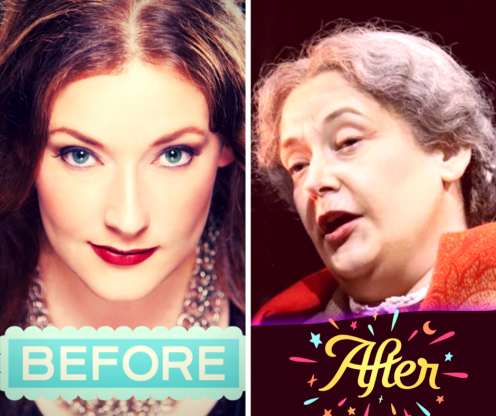
Watch the transformation video on HOT’s Facebook!
How many wig pieces are in this show?
About 35 wigs and hair pieces in the whole show, which actually isn’t too many. In The Tales of Hoffmann last Opera Season there were closer to 110, because there needed to be two full sets of wigs for both men and women in the chorus.
How do you make a wig?
The way that I like to describe how we make a human hair fronted wig is that we’re hand-tying – or ‘ventilating’ – human hair into a flesh-toned mesh. It’s really similar to the kid’s craft of Latch-Hook Rug. It’s a very similar knot, but just on a single-hair scale. It usually takes anywhere from 40-80 hours per wig for a fully hand-tied wig. Most of our wigs are just fronted wigs, so only the first three or four inches of the wig are hand-tied. For this show, I only knotted one wig piece fully, which was Olga’s bangs.
How do you make the facial hair?
The facial hair is also real hair, and it’s done in the same way so that it looks like it’s growing out of their face and has a bit more dimension. Historically, facial hair is made from yak hair because it has more of that coarseness that facial hair has. You can draw in mustaches, and I have done that for shows when it needs to be a bit goofier, but a ventilated piece gives us that depth of color and something that actually sits away from the face. Then we glue it on with something called spirit gum. It is essentially tree resin in denatured alcohol. It’s very sticky and it dries clear. To remove it, we dissolve it in alcohol.
Are there any special make-up effects in Eugene Onegin?
Spoiler alert – Somebody dies in the show! Oddly enough, the blood is not on the person who dies. During the duel, Onegin is shot. We use fake blood on Onegin in that scene. Making the blood appear after he is shot in his arm is actually really simple. I make a little blood pouch with plastic wrap, thread, and stage blood called Blood Jam, which is washable. It was important to us that it was washable so that we could clean it off the costume for each new show. It goes into a pocket on Ryan’s sleeve and just sits there until the time of the duel. When it’s time, he can just smack his arm to pop the bag. On his white sleeve, it bleeds out red.
[pullquote]I learned that it’s all about creating character in a person and changing someone’s own face and hair to match a character. That’s when I fell in love with it.[/pullquote]
What makes working with wigs and make-up in opera and theater different from a normal person’s hair and make-up routine?
Typically, make-up for theater is a lot heavier than make-up that we would see on a normal person in their day to day life. Additionally, there’s just always more hair than people naturally have, and it’s much more stylized. When you look at someone’s hair up close or in film, they can have the little fuzzes and the softness that hair naturally has. In opera, hair has to be a little bit more exact in the styling, because that distance of the stage tends to make things blur out a little bit.
Similarly, with make-up, I have to think about how the make-up reads from 40 to 50 feet away and under intense light. So what I see in a dressing room is going to look much more intense than what ends up being seen from the audience. In a normal room, our face has highlights and contour, so you can see the dimension of a face. As soon as we get on stage, without make-up, the face looks flat. We can’t see the contours, we can’t really see their eyes as well. So we end up painting in the contour and the highlight and the lash-line and other things to just be heavier, so that it will read under lights.
For instance, guys wear eyeliner, and we’re always having to put eyebrows one people because eyebrows disappear the minute you get on stage. Even on men sometimes we will do lip liner and lipstick very subtly, because being able to see their lips moving helps people understand them better.
How many people are on your team for this production?
There are three staff and then seven volunteers. So about 10 on the team. We’re always happy to accept more people as volunteers. We train new volunteers to put a wig on and do stage make-up, so it’s a great experience.
What is your average day like?
The average day when we’re in the shop and prepping for a show involves doing fittings with performers. I don’t just pick a wig and then plop it onto somebody’s head. I go through the process of working with the director to figure out what the design needs to be, but also working with my singer to figure out the color, length and fit of a wig. Then we take notes on the styling of the wigs and make-up.
My typical day once we’re running shows starts with coming in, pulling out rollers, figuring out what needs to be restyled, and then touching everybody up to make sure they look perfect to start.
How long have you been doing wigs and make-up for HOT?
This is my 3rd season with HOT. I split the season with Sue Schaefer, who’s the other wig designer. I have been doing wigs and make-up professionally since 2004 – almost 14 years. Some of that has been in opera, but a lot of it has also been in theater. It’s been a while!
What shows have been your favorite to do wigs and make-up for with HOT?
I loved doing A Streetcar Named Desire because the hair had to be so natural and so specific. We did gorgeous, beautiful blonde wigs on Blanche. But doing The Tales of Hoffmann last year was also fun because it got to be so big and so absurd. And I got to do pastel colored wigs, which is rare.
Did you always know you wanted to do wig and make-up?
I went to school for costume design. Growing up I didn’t have any interest in hair and make-up, because I thought you only did hair and make-up to be beautiful and fashionable. And that wasn’t for me, personally. I started making costumes when I was 5 or 6. I always played in the costume bin. I had a mother and grandmother who sewed, so I started making costumes early. At some point in high school, I had a theater director who said, ‘You know that’s a job, right?’ And I was like, ‘Really? I can just play dress up on other people all the time?!’
When I got into college and started studying costume design, I learned about character and make-up. I learned that it’s all about creating character in a person and changing someone’s own face and hair to match a character. That’s when I fell in love with it. I thought it was so much fun.
What are your favorite characters to do wig and make-up for?
I love a good comb-over wig. It’s my favorite wig to make. But my favorite make-up to do is character make-up. I think those are always the interesting ones, where you can radically change someone’s look for the character. I’ve done shows where audience members that I know are friends or family of cast members, and they’ll come up and say, ‘I had no idea that’s who that was!’ That’s the most fun for me.
This is something that I learned from my mentor that I’ve taken with me: I’ve done my job well if nobody notices how many wigs are in the show. If they just read naturally as hair and as part of the show, that’s good. It’s feels funny to say that if nobody notices what I’ve done, I’ve done a good job. But it is true. I don’t want someone to see and say, ‘Oh, that’s totally a wig!’ I want people to question it.

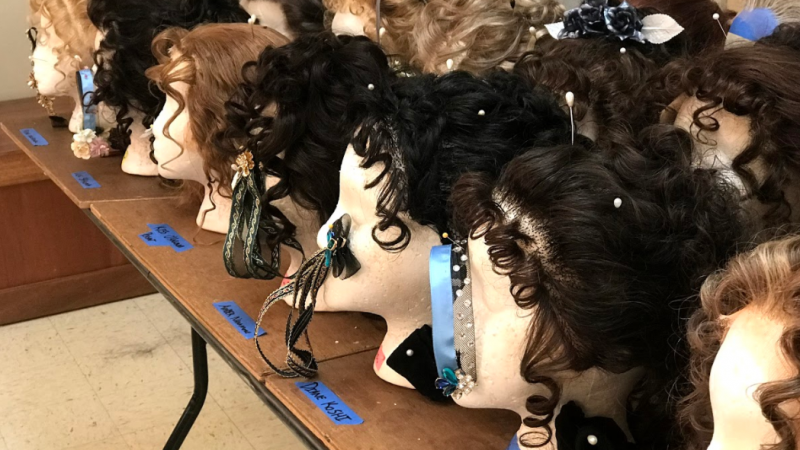
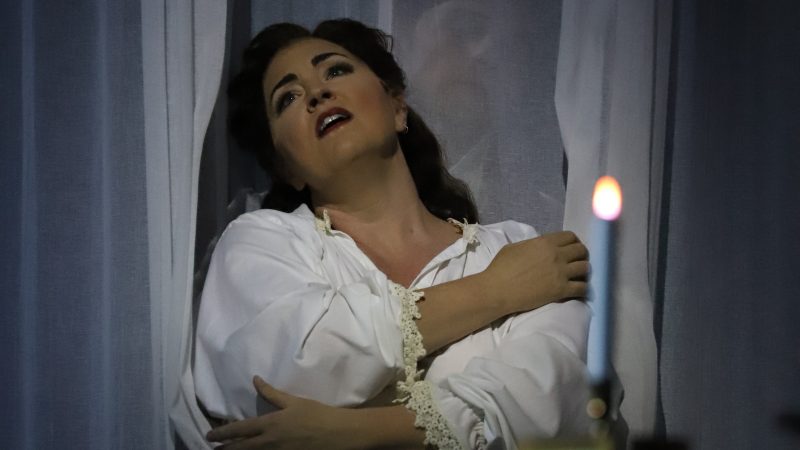
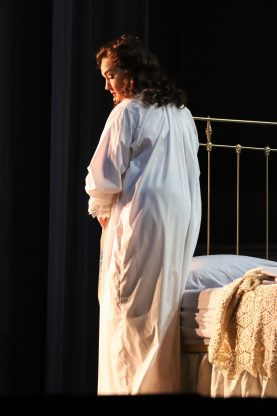 Melody’s character of Tatyana, too, begins the opera with a troubled mind and much to learn. As she falls for Onegin, she battles internally about what to do about it. And when she decides to write him a letter, she agonizes over what to say.
Melody’s character of Tatyana, too, begins the opera with a troubled mind and much to learn. As she falls for Onegin, she battles internally about what to do about it. And when she decides to write him a letter, she agonizes over what to say. 